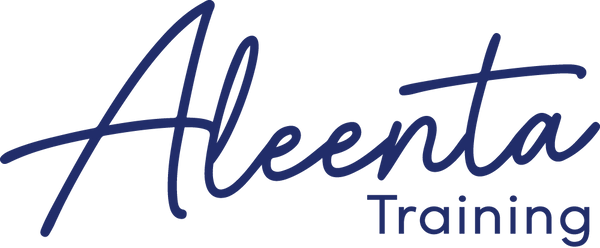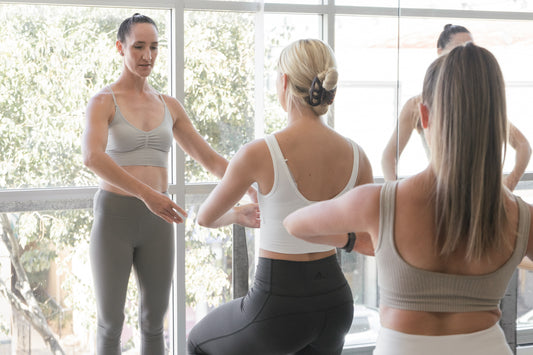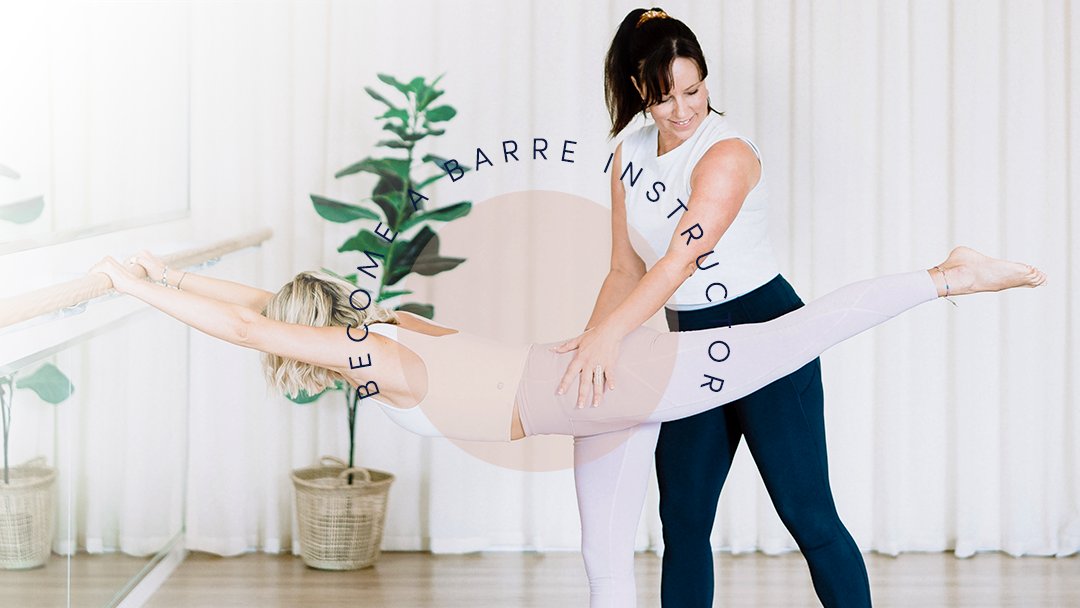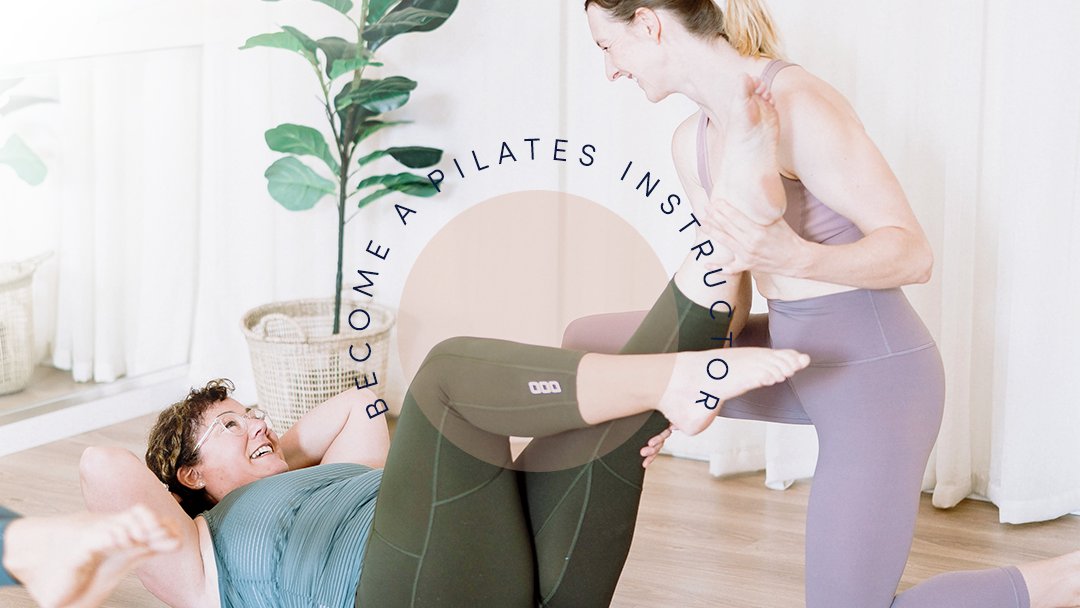
Verbal Cueing Pilates like a Pro - it’s easier than you think!
Share
Have you ever gone to a Pilates class where you were regularly searching out the Instructor or the person in front of you to see what the exercise is? Or when you look around the room everyone’s doing something slightly different for the same exercise? There’s a good chance that there’s an issue with the verbal cues provided during the class but it’s easily fixed.
Why are verbal cues so important in Pilates?
So, unlike yoga, barre or gym work, where clients are mostly upright, Pilates clients can spend 50 % or more of the class lying on their back facing the sky. If only it was like the dentist there would be mirrors on the ceiling! We also know that words can easily be misinterpreted, therefore, verbal cues rule the roost of teaching modalities when it comes to Pilates. But becoming an experienced and sophisticated verbal Instructor takes practise but not more study or knowledge.
Number #1 Beginner’s cueing mistake
When it comes to beginners they forget the paradox, less is more. In an attempt to impart all their knowledge they often over-explain, use too many technical cues before the directional cues, and assume people know what positions are called. An expert teacher with sublime cueing is doing the opposite. It takes practice for those expert teachers to find direct words that give the group class students the most clarity. It’s not about sounding smart or fancy, it’s about getting a group moving together quickly and easily.
Let’s learn from an example.
Example - Cueing a curl up a.k.a 'roll up exercise'

Note: Its assumed here that students are lying on their backs (a.k.a supine)
Experienced
Reach the arms forward to your toes and lift up head and shoulders, curling up to look through your legs.
Beginner
On your next breath out, draw your bellies toward the spine and come into a curl up, make sure you are not tucking your head in too far
Whilst the second example sounds more complex, the beginner is assuming that everyone knows what a ‘curl up’ is and why you would draw in the belly or what tucking the chin in is for. They are missing a clear picture of the action first and these other technique cues can come later. Meanwhile the experienced Instructor isn’t worrying about the finer details yet instead is giving lots of simple directional cues ( towards toes and look through your legs) and simple action cues ( reach arms and lift head & shoulders)

Let’s look at this in a table...
|
Inexperienced Teacher |
Experienced Teacher |
|
Uses too many words |
Simplies and more direct words. Less Words. |
|
Too keen to explain the finer details before the gross motor movement (the action) |
Starts with the gross motor movement (the action) and adds detail once they have the gist |
|
Accidentally assumes people know what to do |
Assumes people don’t know things and therefore chooses simpler less technical words. |
|
Forgets to use directional language to orientate the movement and the class end up reaching their arms in all directions |
Uses directional language to orientate the movements so the class can all reach their arms towards something.. |
In conclusion
An experienced Instructor will be able to explain a movement to ensure an entire class of 20 easily understands their directions. An inexperienced teacher often uses too many words, in a more complex and indirect way. This inability to describe the movements succinctly, stunts the flow of the group class. An experienced Instructor gets the clients doing the gross motor movement and then while they do the repetitions of the exercise…..they unleash the breadth of their knowledge to deepen and empower the client.
It’s the 80/20 pareto principle. 80% of teaching happens in the first few simple cues and you will spend the rest of your career growing and refining the last 20%.






